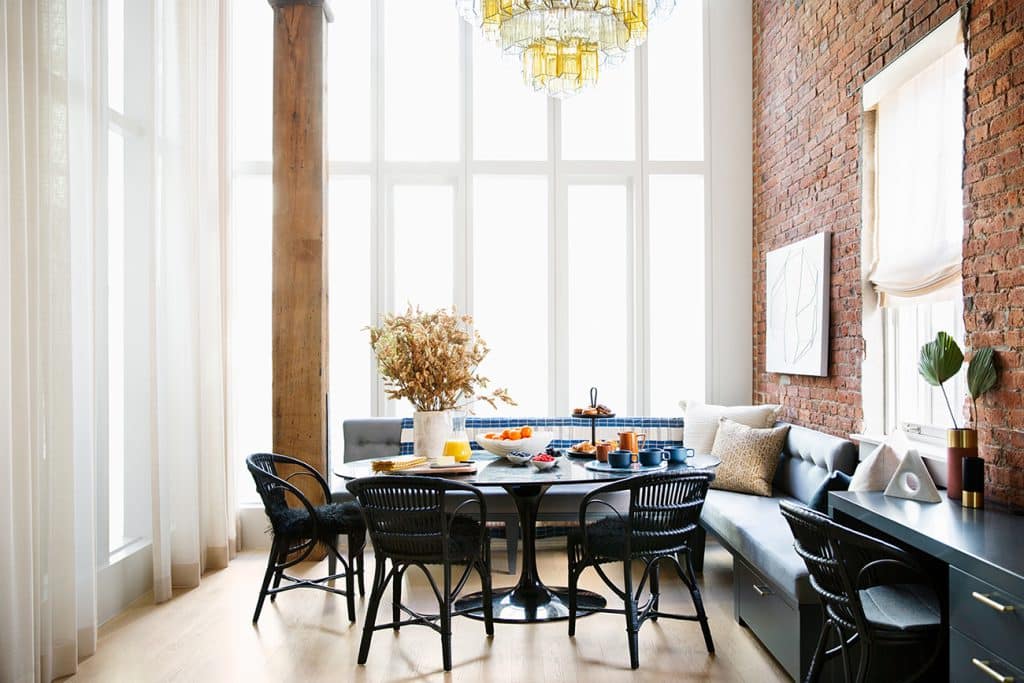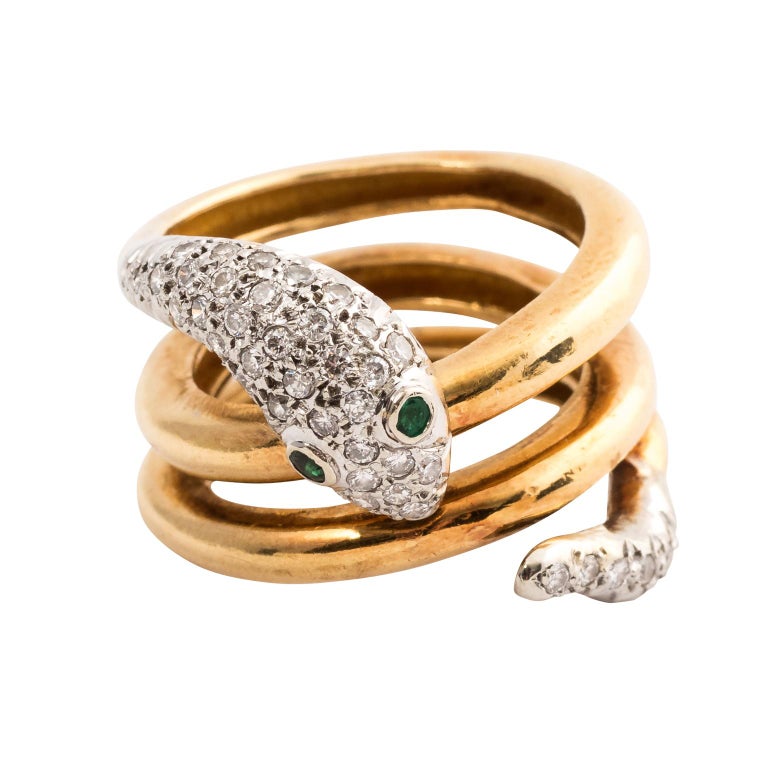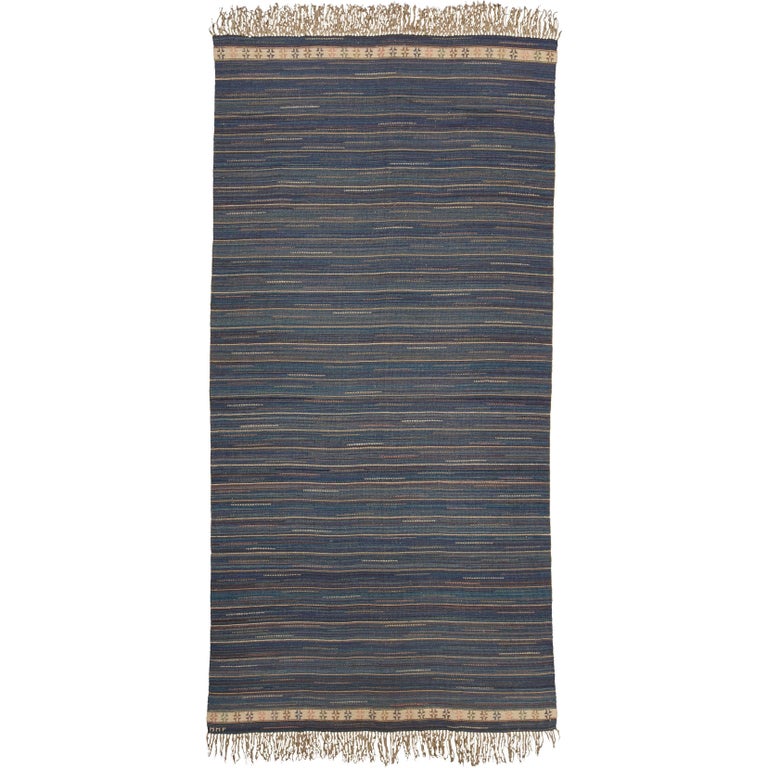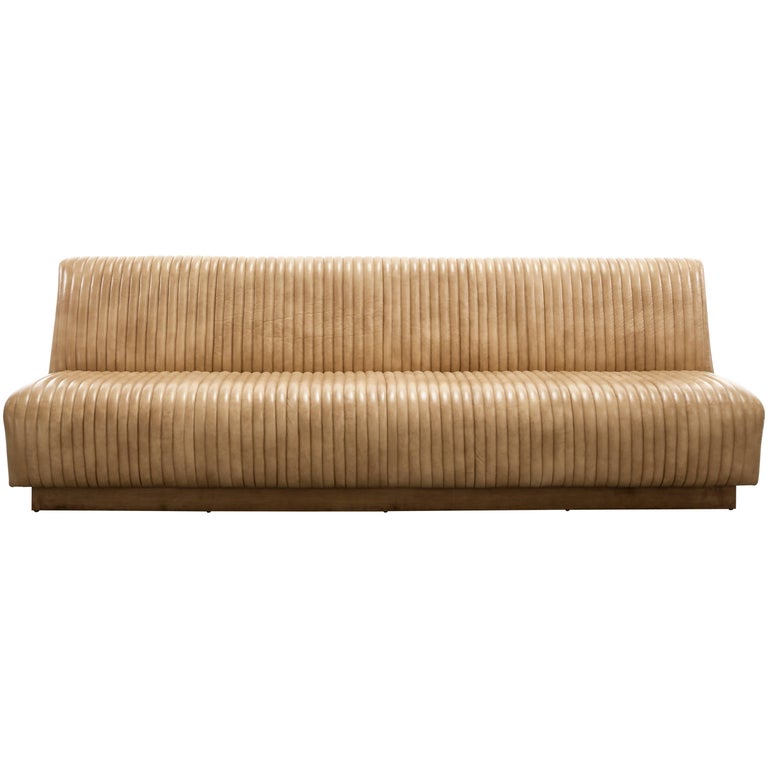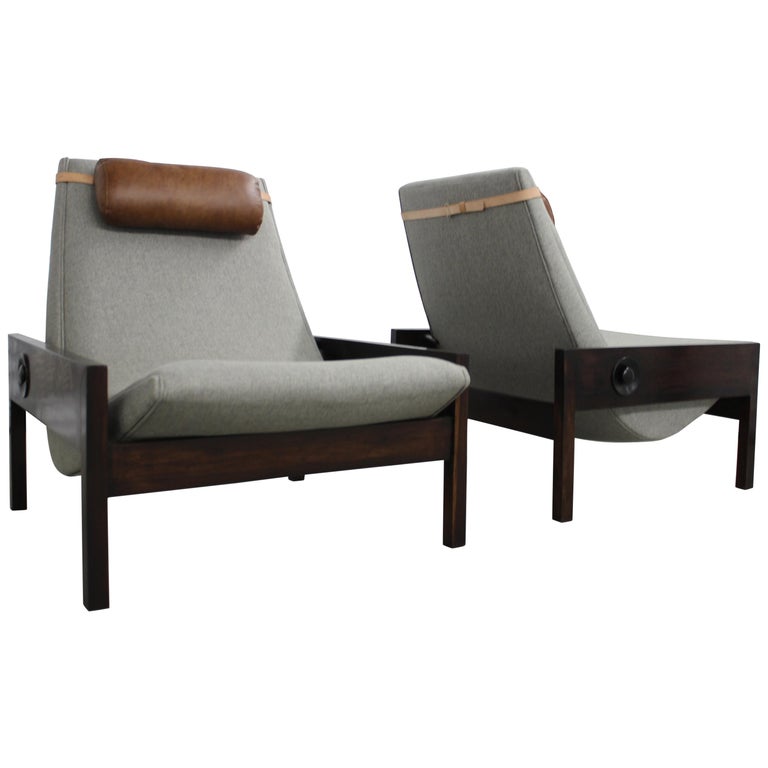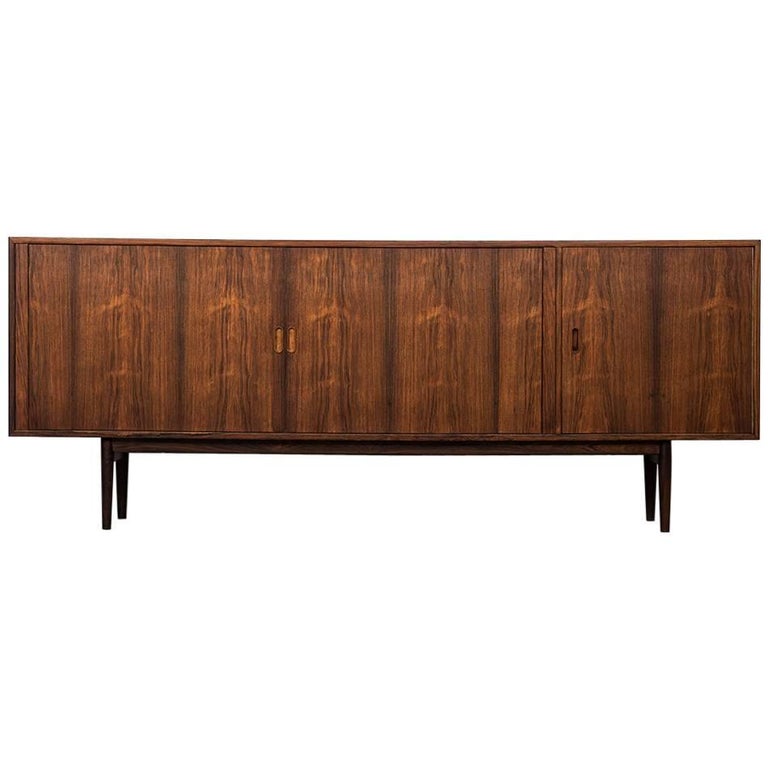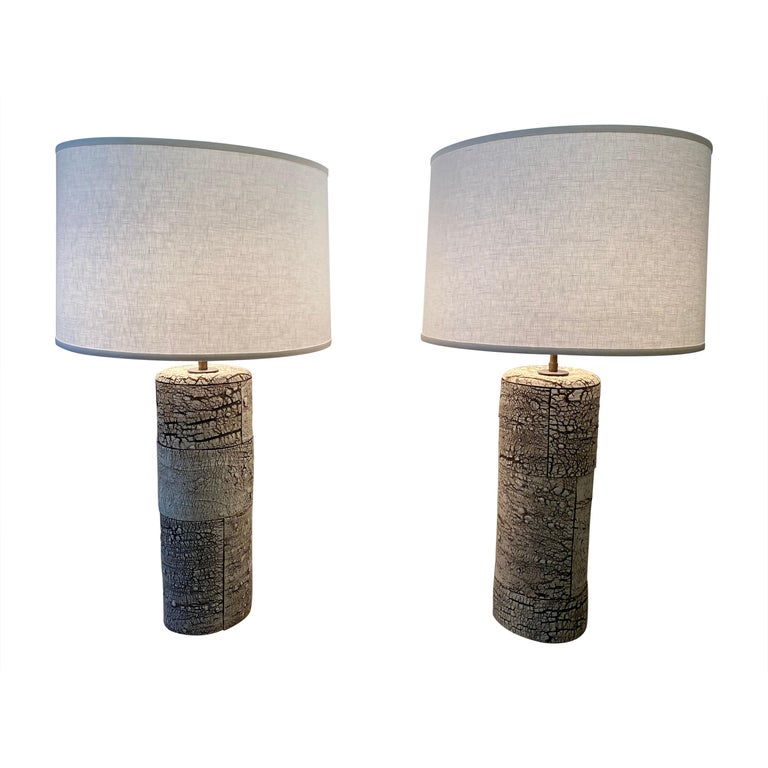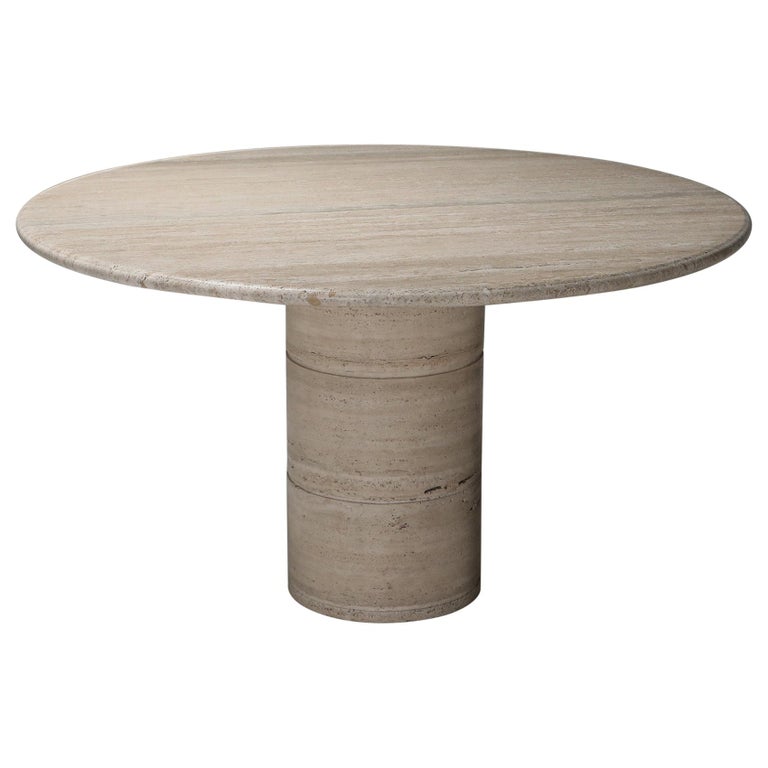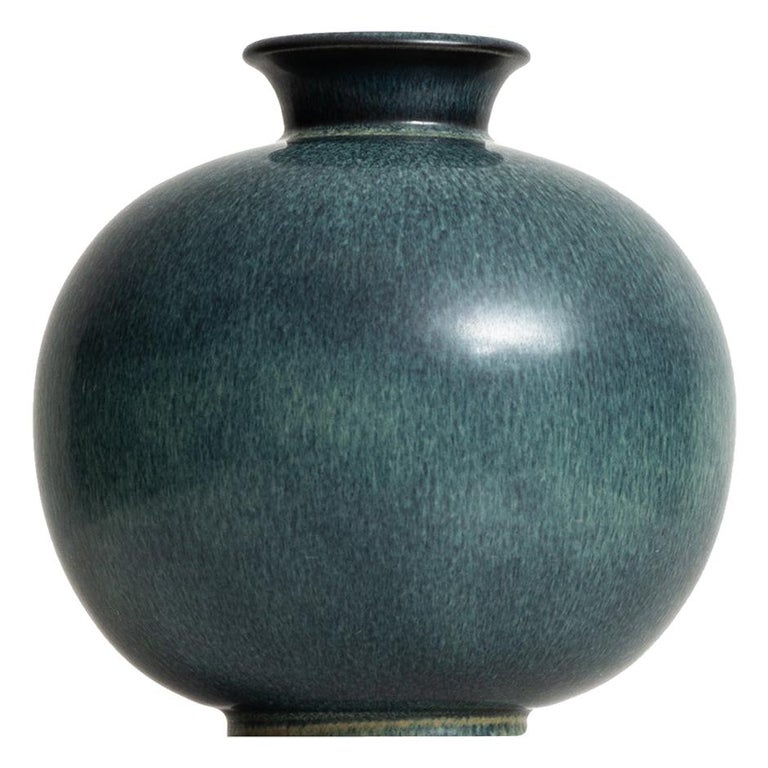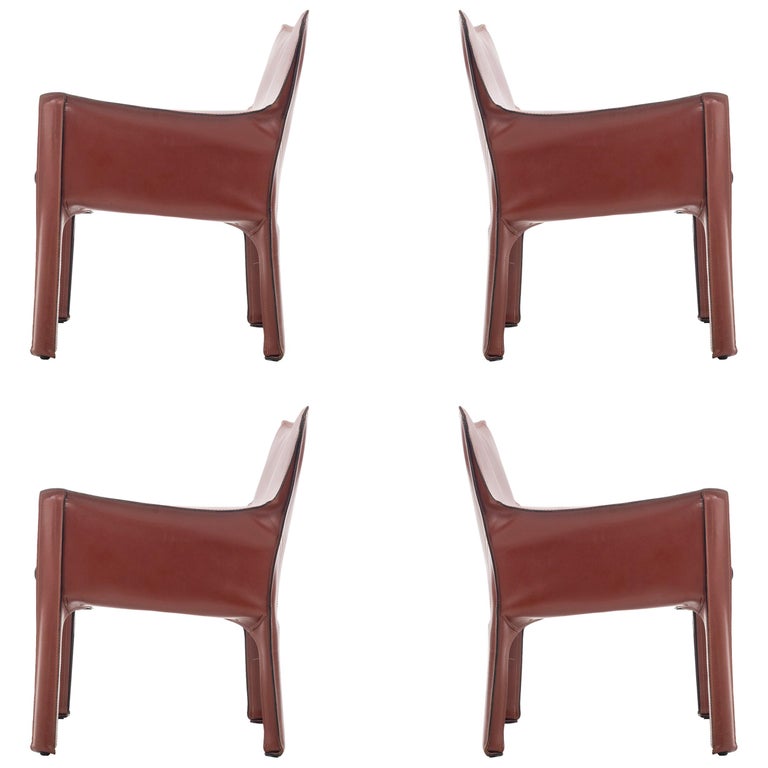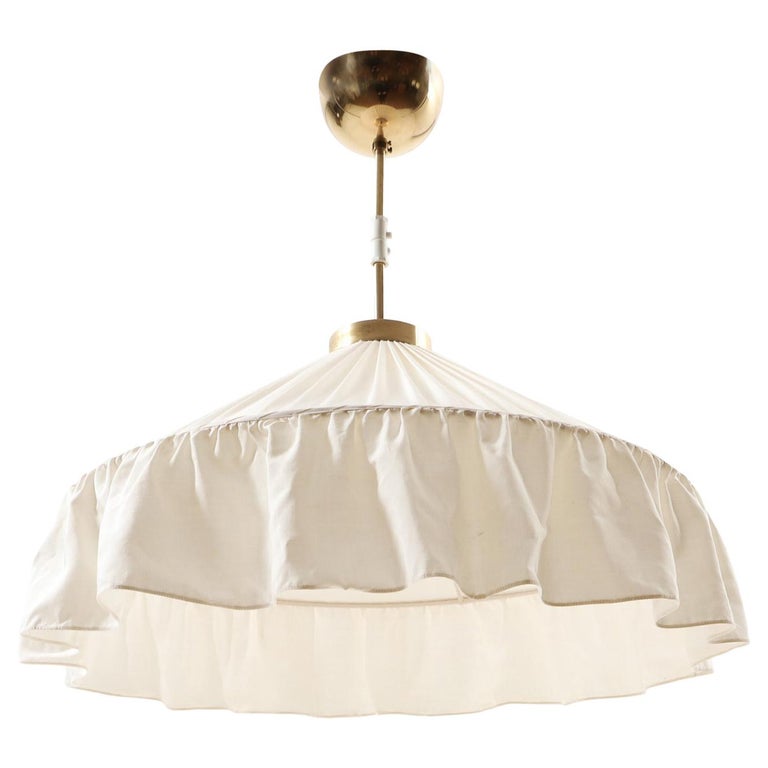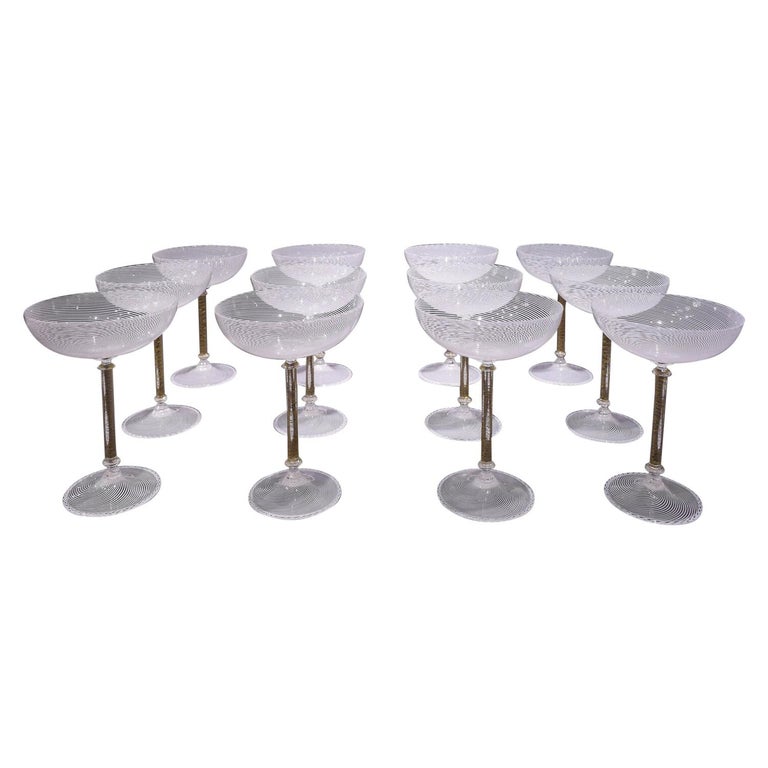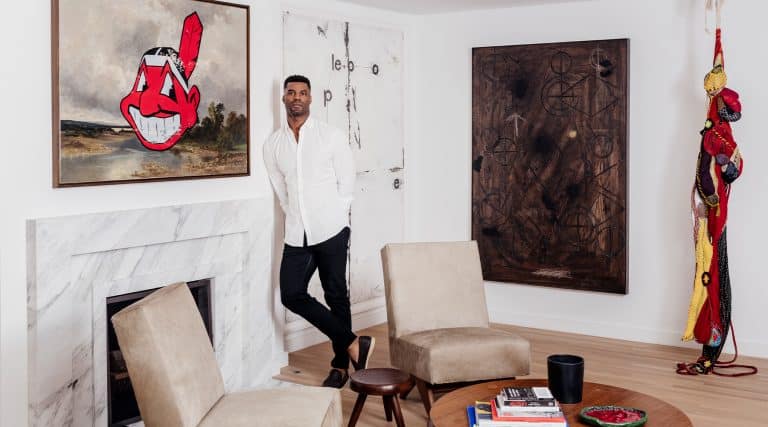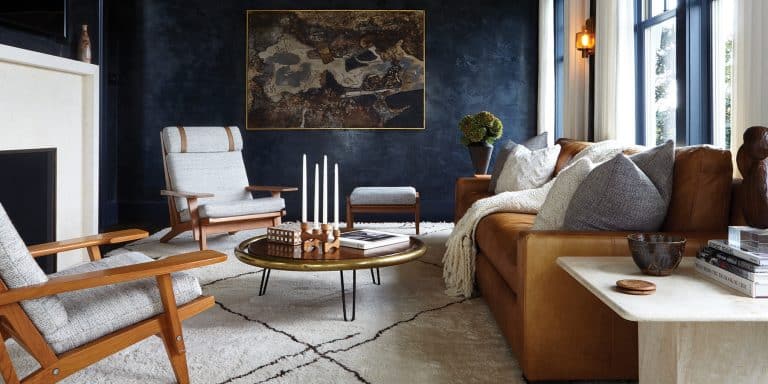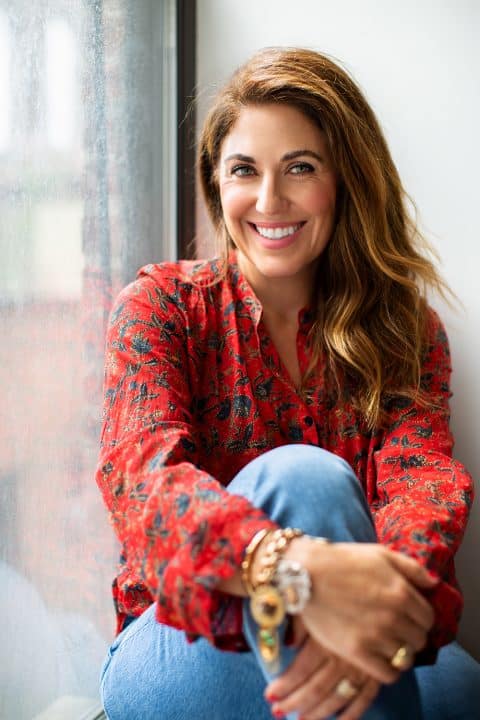
April 5, 2020California-bred, New York–based designer Bella Mancini is known for her confidence with color and pattern. Top: This living room in a Manhattan apartment features a custom tufted ottoman by Bella Mancini Design, which sits on the client’s own rug, a family heirloom. The painting is by Jason Craighead, and the vintage table lamps are from 1stdibs. Photos by Brittany Ambridge unless otherwise noted
“I don’t need to make someone into something they’re not,” says New York–based designer Bella Zakarian Mancini, speaking of her clients. “If they want to eat at a coffee table because they like to watch TV while having dinner, I’m going to give them a coffee table where they can eat.” This is a variation on the oft-invoked interior design mantra that a successful project is one that functions for the client. More profoundly, however, it encapsulates a lesson that Mancini has applied to her life. After realizing that a career in public relations and marketing for fashion footwear and clothing brands was not working for her, she switched to what she realized in retrospect had always been her true love: interior design, which she has now practiced for more than 20 years.
Mancini may want clients to be who they are, but she still has definite predilections, which are recognizable in many of her projects. “I’m very confident using color and pattern,” she says.
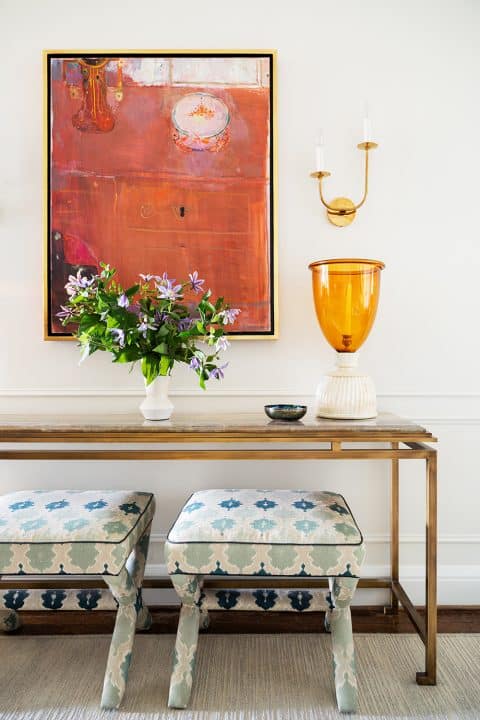
A Pierre Lesieur painting hangs over a James Devlin console table in the entryway of the New York apartment. The hurricane lamp is by John Rosselli, and the X-base ottomans are custom.
In the dining room of an apartment belonging to a couple in Manhattan’s Yorkville neighborhood, for instance, she unexpectedly paired a mostly gold-and-gray Oriental carpet with a window-seat bolster pillow and curtains made of a floral fabric in turquoise, ivory and gray on a black background. Uncharacteristically for Mancini, the walls are white, mainly because the wife has more subdued tastes. No such constraints applied at a Dumbo loft, where Mancini used pink grasscloth to envelop a dining area next to an open kitchen that is delineated by a saturated dusky slate-blue wall and ceiling. As the kitchen transitions into a breakfast nook, the slate blue is carried onto a built-in desk and a banquette Mancini upholstered in dark gray Ultrasuede. The bench forms an L around a black Eero Saarinen table and black Scandinavian chairs. Timid the decor is not.
But being confident with pattern, in Mancini’s case, doesn’t mean being riotous or loud. In the foyer of an Upper East Side project, she used stone to create bold, wide charcoal-and-white stripes on the floor and covered the walls in a finer gray strié, adding a bench covered in ostrich skin (which displays its own natural patterning) and a Fornasetti Egocentrism umbrella stand decorated with concentric circles of black and white squares. “I don’t mix patterns in a kind of maximalist way,” she explains. “I want to be more refined. There is power in restraint, especially in the city.” The effect can often feel sexy, in a quietly smoldering rather than red-hot passionate way. Other threads running through her work: natural materials and an aversion to both overly decorated spaces and “thematic” environments. “You want your spa to feel thematic because it’s meant to transport you to someplace you’re not,” she says. Your home, on the other hand, should make you feel grounded exactly where you are.
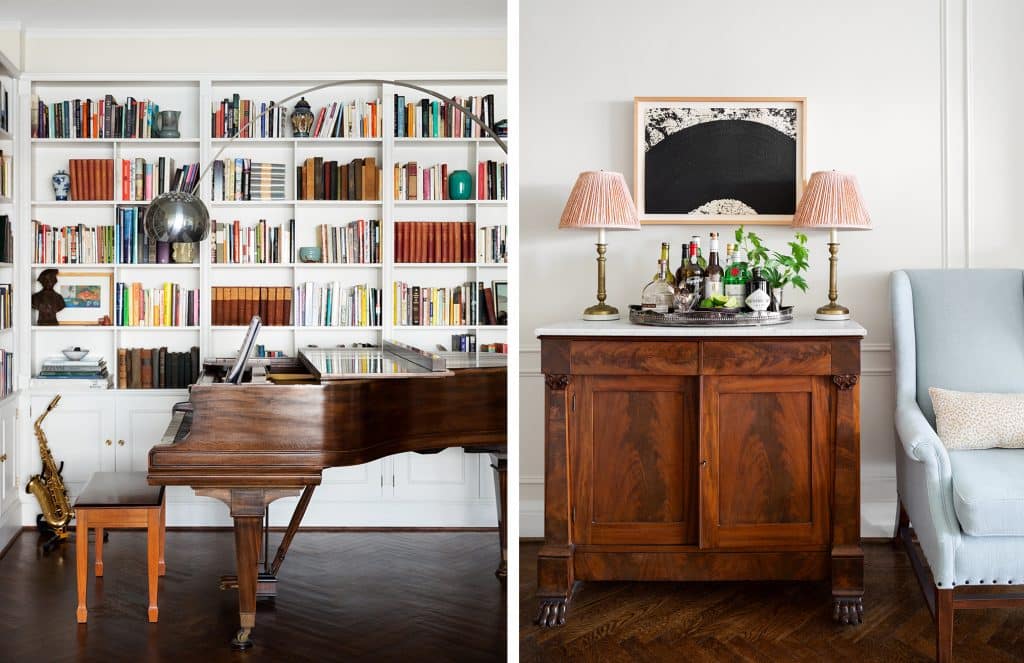
Left: The piano in the New York living room is a Mason & Hamlin from 1929 — the same year the building was constructed. The vintage lamp is from 1stdibs. Right: A Richard Serra work hangs over a family heirloom cabinet that serves as a bar. The chair is vintage.
Mancini was born and raised in California. Her father was a golf pro, her mother his bookkeeper and a stay-at-home parent with an interest in fashion. Mancini also loved clothes, but in addition, she says, “I was always influenced by other people’s homes. I had a friend whose mom was a decorator. Every time I was there, I felt changed by the environment.” Her sense of vocation still inchoate, she earned her bachelor’s degree from San Francisco State in home economics with a concentration in clothing and textiles. One of her first postgraduate jobs was as manager of a men’s and women’s clothing boutique in the Bay Area, where she also helped the owner with buying.
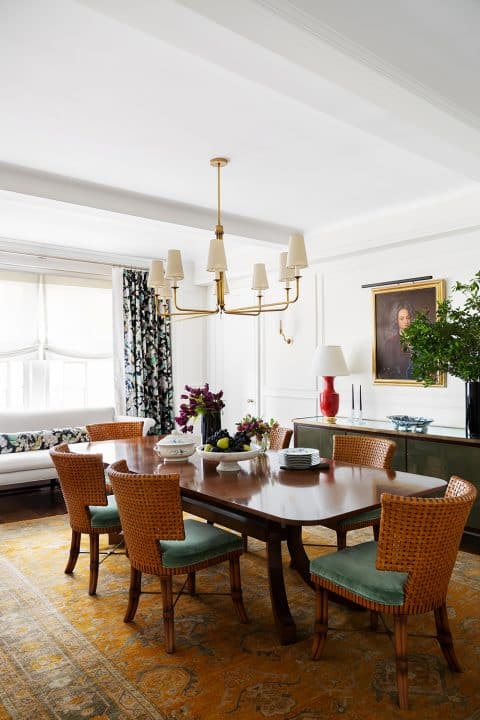
The dining room features a Keith Fritz table surrounded by Pamela Lerner chairs. The portrait above the credenza depicts an ancestor of the client.
In 1996, when a friend announced she was moving to New York, Mancini decided to move with her. There, she landed a job covering for a woman on maternity leave who promoted a national shoe brand to magazine fashion editors. But the woman she filled in for returned and hired Mancini before both women left to do marketing for other footwear brands, namely Sam & Libby and Candies. This led to a job at a small advertising agency specializing in fashion brands. At this point, Mancini realized that “I was traveling all the time and my heart just wasn’t in it,” she recalls. “I felt I was too young to be unhappy with what I was doing.” She quit in 1998, and that very day, the friend with whom she’d moved to New York told her about a position at Ellen Hamilton, a widely published boutique design firm based downtown. Despite Mancini’s lack of experience, Hamilton hired her. Mancini worked there for two years while simultaneously taking classes at the New York School of Interior Design.
In 2000, Mancini opened her own business in partnership with Alysa Weinstein, “doing everything from decorating people’s first apartments to events,” she recalls. “Then, we got two pieces of press that launched us.” One was an article that same year in the New York Times Style section; the other was Wendy Goodman’s inclusion of the firm in New York magazine’s “Top 100 Architects and Decorators” list. “We were young women with a budget focus, super scrappy,” says Mancini. “I still get calls from Wendy’s article.”

“The clients are avid cooks and wanted plenty of counter space to work on and a range big enough for serious cooking,” Mancini says of this New York kitchen. “Since the kitchen is in the back of the apartment, facing a courtyard, the goal was to keep it light but not white. We used handmade ceramic tiles in a pale gray on the walls and cabinets to match a neutral natural marble on the counters. The clients are OK with their counters’ having a patina from use. They don’t mind a lived-in look.”
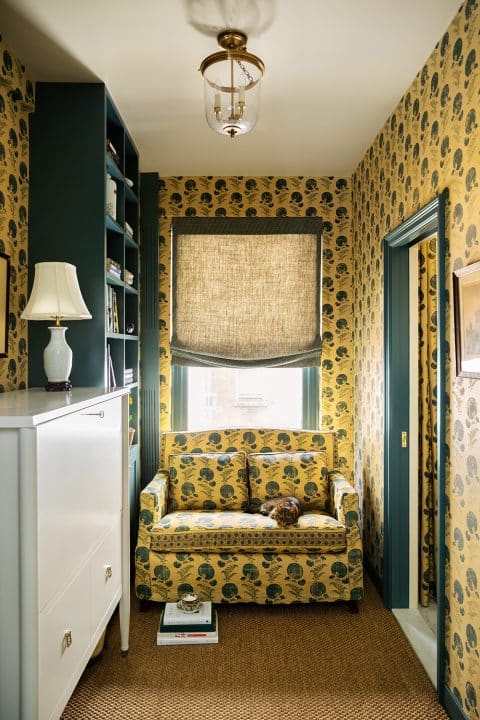
Mancini went for maximum impact in this small guest room, covering the walls and custom loveseat in the same Jasper print. The family cat approves.
In 2005, Mancini’s partner decamped to Italy after falling in love with a Roman, and she herself married Jeff Mancini — an architect by schooling but nowadays a marketing executive — and rebranded the firm. Today, the 47-year-old designer and her family (which includes a daughter and a son nearing ages 8 and 12, respectively) split their time between homes in Brooklyn and the North Fork of Long Island. The business that started in her partner’s fifth-floor walk-up apartment now employs four designers, an assistant and a bookkeeper. They juggle between seven and nine projects at a time in locations from Vermont to California. The firm’s scope is wide. It just completed a 100-acre estate in Westchester County, New York, but Mancini is also revisiting smaller past projects.
There are no plans to make the operation much larger. “The bigger the company, the bigger the problems. I want to be able to stay involved in each project,” says Mancini, who believes this is the only way to ensure the personalized integrity of her designs for her clients. “I want them to have an honesty as they relate to the people who live there. I don’t want to buy things that are just pretty. Everything has to have a use for the clients and say something about them.” In other words, inserting anything the client doesn’t want is inherently inauthentic, not to mention detracting from the success of the overall design. She’s going to give them what they want.

